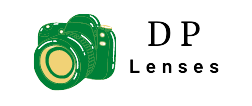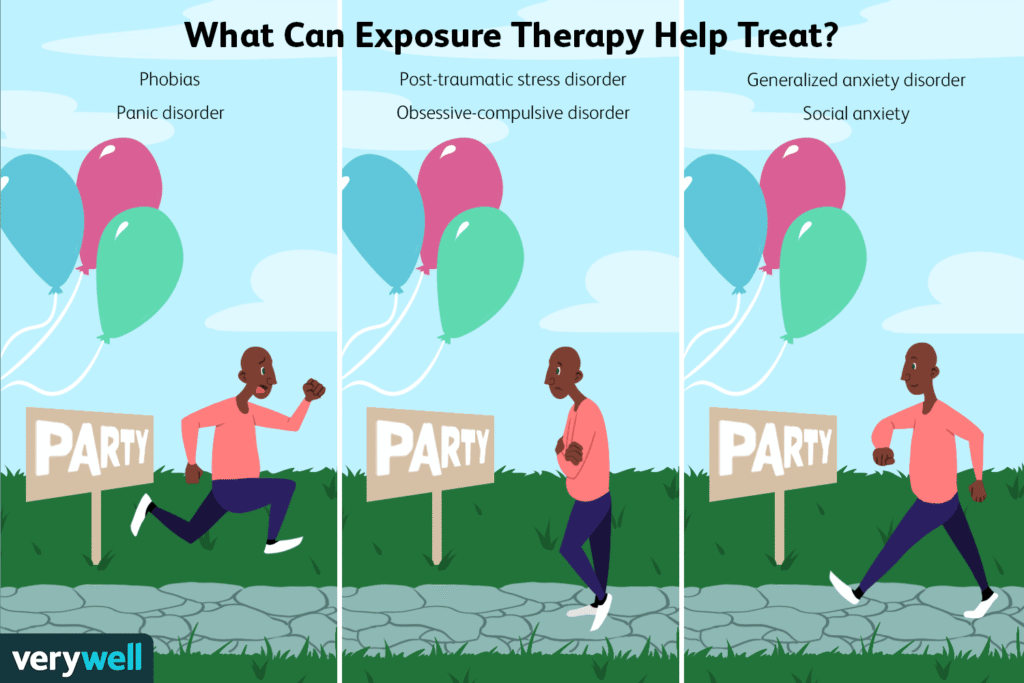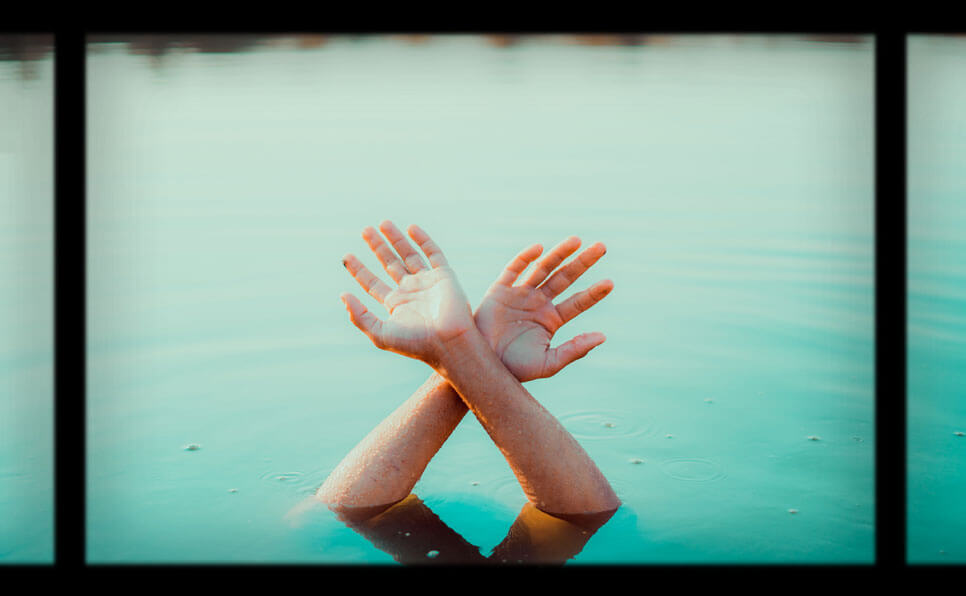Have you ever wondered why some photos just seem to captivate your attention, while others fall flat? The secret often lies in mastering exposure techniques.
Understanding and applying the right exposure settings can transform your photography from ordinary to extraordinary. Whether you’re a budding photographer or someone looking to enhance your skills, exposure is the key to unlocking the full potential of your camera. Exposure techniques aren’t just for the pros; they are accessible to anyone willing to learn. By understanding the balance of light, aperture, and shutter speed, you can create stunning images that tell a story. Imagine being able to capture that perfect sunset, a bustling cityscape, or a serene landscape with just a few adjustments to your camera settings. It’s not just about taking a picture; it’s about creating a moment that resonates. If you’re eager to dive deeper into the art of exposure, there’s a handy resource that can guide you every step of the way: the Photography 101: Pocket Guide. This pocket guide is packed with essential tips on exposure basics, camera settings, and shooting scenarios, making it a must-have for anyone serious about improving their photography skills. Let this guide be your companion on your journey to capturing perfect images, every time.

Credit: www.thecounselingpalette.com
Introduction To Exposure Techniques In Photography
Photography is an art form that captures light in creative ways. Understanding exposure techniques is crucial for capturing the perfect shot. Exposure determines how light or dark an image will appear. It involves balancing three elements: aperture, shutter speed, and ISO. Mastering these can transform ordinary photos into stunning visuals.
Understanding The Importance Of Exposure In Photography
Exposure is the backbone of photography. It’s the amount of light that reaches your camera sensor. Proper exposure ensures your photos have the right brightness and detail. Without it, images can appear too dark or too bright. This can result in loss of detail, especially in highlights and shadows. Understanding exposure helps in achieving the desired mood and atmosphere in your photos.
- Aperture: Controls the amount of light entering the lens.
- Shutter Speed: Determines the duration the sensor is exposed to light.
- ISO: Adjusts the sensor’s sensitivity to light.
How Mastering Exposure Can Enhance Your Photography Skills
Mastering exposure techniques elevates your photography skills significantly. It allows you to adapt to various lighting conditions, ensuring high-quality images. You can capture motion blur or freeze action by adjusting the shutter speed. Adjusting the aperture can create a depth of field, making subjects stand out against blurred backgrounds. With the right ISO settings, you can shoot in low light without grainy images.
- Experiment with different settings to understand their effects.
- Practice in various lighting conditions to gain confidence.
- Use the exposure triangle to find the perfect balance.
Remember, practice makes perfect. By learning these techniques, you can take stunning photos in any scenario.

Credit: www.healthline.com
Key Features Of Exposure Techniques
Understanding the key features of exposure techniques is crucial for any photographer. These features help in creating stunning images with the right balance of light and clarity. Whether you are capturing a serene landscape or a bustling city scene, mastering exposure can transform your photography. Let’s delve into some of the essential components that shape exposure in photography.
Aperture: Controlling Light Entry And Depth Of Field
The aperture is the opening in a camera lens that allows light to enter. It is measured in f-stops. A smaller f-stop number indicates a larger aperture, allowing more light to enter. This can result in a brighter image. Conversely, a larger f-stop number means a smaller aperture, reducing light entry.
Aperture also affects the depth of field, which is the area in focus in an image. A wide aperture (small f-stop) creates a shallow depth of field, blurring the background. A narrow aperture (large f-stop) brings more of the scene into focus. This makes aperture a powerful tool for creative control over your photos.
Shutter Speed: Capturing Motion With Precision
Shutter speed determines how long the camera’s sensor is exposed to light. It is measured in seconds or fractions of a second. A fast shutter speed, like 1/1000, can freeze fast-moving subjects, capturing sharp images. It’s ideal for sports and wildlife photography.
A slow shutter speed, such as 1/30, allows more light to reach the sensor. This can create motion blur, adding a sense of movement to your photos. Slow shutter speeds are useful in low-light settings or to capture artistic effects.
Iso Sensitivity: Balancing Light And Image Quality
ISO sensitivity controls the camera’s sensitivity to light. A lower ISO value, like ISO 100, makes the camera less sensitive to light, resulting in high image quality with minimal noise. It’s perfect for bright conditions.
Higher ISO settings, such as ISO 3200, increase light sensitivity. This allows for shooting in darker environments but may introduce noise or graininess. Choosing the right ISO setting is key to maintaining a balance between light exposure and image clarity.
By understanding these key features, photographers can better control their images. Each component plays a vital role in creating the desired effect in every shot.
Unique Benefits Of Mastering Exposure Techniques
Mastering exposure techniques opens up new possibilities for photographers. It provides control over lighting, artistic quality, and image clarity. Understanding exposure allows photographers to capture scenes with precision and creativity.
Achieving Perfect Lighting In Various Environments
Exposure techniques help in achieving perfect lighting
- Adjust ISO settings for low light conditions.
- Use aperture control for depth of field management.
- Employ shutter speed adjustments for motion capture.
These adjustments ensure each photograph reflects the scene as intended, maintaining the natural ambiance.
Enhancing The Artistic Quality Of Your Photographs
Exposure techniques enhance the artistic quality
- Use exposure compensation for creative effects.
- Experiment with light and shadow for dramatic impact.
- Balance highlights and shadows for visual harmony.
These techniques transform ordinary photos into captivating works of art, making them stand out.
Improving Image Sharpness And Clarity
Proper exposure techniques ensure image sharpness
| Technique | Benefit |
|---|---|
| ISO Adjustment | Reduces noise in low light. |
| Shutter Speed Control | Captures motion without blur. |
| Aperture Settings | Increases depth of field clarity. |
These strategies make a significant difference, producing visually stunning photographs every time.
“`
Credit: www.healthline.com
Pricing And Affordability Of Photography Equipment
Understanding the pricing and affordability of photography equipment is essential. Photography enthusiasts often seek the right balance between cost and quality. Whether you’re starting out or already a pro, knowing your options helps. This section highlights cost-effective tools for beginners and advanced equipment for professionals.
Cost-effective Tools For Beginners
Starting with photography doesn’t have to be expensive. Beginners can find affordable cameras and lenses without compromising on quality. Here are some tips for finding cost-effective tools:
- Consider entry-level DSLRs or mirrorless cameras. They offer great value.
- Look for second-hand equipment. Often, they are well-maintained and less costly.
- Invest in a versatile lens. A 50mm prime lens is budget-friendly.
Buying second-hand or refurbished gear can save money. Ensure the equipment is in good condition. Beginners should focus on learning and experimenting. Investing in budget-friendly tools allows for growth without financial strain.
Investing In Advanced Equipment For Professional Results
Professionals often seek more advanced gear. Investing in high-quality equipment can make a difference. Here are some key points to consider:
- Choose full-frame cameras for superior image quality.
- Invest in high-speed lenses for better performance in low light.
- Consider external flashes and lighting for enhanced control.
Advanced equipment offers enhanced features. These include faster autofocus and higher resolution. Professionals often require durability and reliability in their tools. Spending more on equipment can lead to better results and client satisfaction.
| Equipment Type | Budget Option | Professional Option |
|---|---|---|
| Camera | Entry-level DSLR | Full-frame DSLR |
| Lens | 50mm Prime | 24-70mm Zoom |
| Lighting | Basic Reflector | Professional Flash |
Making informed choices about photography equipment is crucial. Consider your needs, budget, and future goals. Whether starting or upgrading, careful planning ensures satisfaction and success.
Pros And Cons Of Different Exposure Techniques
Choosing the right exposure technique can make or break a photograph. Exposure controls how much light reaches the camera sensor, influencing the image’s brightness and detail. Different techniques offer unique benefits and challenges. Understanding these can help photographers capture stunning images.
Advantages Of Manual Vs. Automatic Exposure Settings
Manual exposure settings allow photographers complete control over shutter speed, aperture, and ISO. This control helps in capturing creative shots with precise lighting. It is ideal for shooting in changing light conditions or when specific effects are desired.
- Full Control: Adjust every setting for unique compositions.
- Consistency: Maintain uniformity across multiple shots.
- Creativity: Experiment with different lighting effects.
Automatic exposure settings simplify the process by adjusting settings based on the scene. They are perfect for beginners or quick shots where manual adjustments are impractical.
- Ease of Use: Save time with automatic adjustments.
- Speed: Quick setup for fast-moving subjects.
- Reliability: Consistent results in stable lighting.
Challenges Photographers Face When Adjusting Exposure
Adjusting exposure settings can be challenging. Photographers often struggle with balancing light and darkness, especially in dynamic scenes. Common issues include overexposure and underexposure.
- Overexposure: Too much light washes out details.
- Underexposure: Insufficient light obscures features.
- Changing Conditions: Light shifts require constant adjustments.
Understanding the camera’s metering system is crucial. It guides photographers in setting the right exposure. Yet, it sometimes misreads complex scenes, leading to incorrect settings.
| Challenge | Description |
|---|---|
| Metering Errors | Misinterprets scene lighting, causing incorrect exposure. |
| Time Pressure | Rapid changes demand swift setting adjustments. |
Photographers need practice to master exposure adjustments. The experience helps in recognizing common pitfalls and achieving better results.
Specific Recommendations For Ideal Users Or Scenarios
Understanding exposure techniques is crucial for photographers aiming to capture stunning images. Whether shooting landscapes, portraits, or night scenes, each scenario demands specific approaches to achieve optimal results. The following sections provide detailed recommendations tailored to different photography styles and environments.
Exposure Techniques For Landscape Photography
Landscape photography often requires capturing vast scenes with dynamic lighting. To achieve this, use small apertures, like f/16 or f/22, for greater depth of field. This ensures sharpness from foreground to background. Consider using a tripod to avoid camera shake and maintain clarity in long exposures.
- Golden Hour: Shoot during sunrise or sunset for soft, warm lighting.
- Neutral Density Filters: Use these to manage bright sunlight and allow longer exposures.
- Manual Mode: Adjust ISO, aperture, and shutter speed for controlled exposure.
Optimizing Exposure For Portrait And Street Photography
Capturing the essence of individuals and urban life requires precise exposure settings. For portraits, aim for a shallow depth of field with apertures like f/1.8 or f/2.8. This blurs the background and highlights the subject.
- Spot Metering: Focus on the subject’s face for accurate exposure.
- Natural Light: Utilize available light for authentic and warm tones.
- Fast Shutter Speed: Essential for capturing candid street moments without blur.
Best Practices For Low-light And Night Photography
Low-light conditions challenge photographers to balance exposure without introducing noise. Use a wide aperture like f/1.4 or f/2.0 to gather more light. A high ISO setting can help, but be cautious of noise.
- Tripod Usage: Stabilize your camera for long exposures and sharper images.
- Slow Shutter Speed: Capture light trails and night sky details.
- Noise Reduction: Apply settings in post-processing to clean up images.
These techniques ensure photographers capture vivid and detailed images in various scenarios. By understanding the nuances of exposure, photographers can enhance their craft and produce captivating photographs.
Frequently Asked Questions
What Are Exposure Techniques?
Exposure techniques are therapeutic methods used to help individuals confront and overcome fears or anxieties. These techniques involve gradual and controlled exposure to the feared object, situation, or memory. The goal is to reduce fear responses, increase coping skills, and promote emotional healing.
What Techniques Are Used In Exposure?
Exposure techniques include flooding, systematic desensitization, and virtual reality exposure. Flooding involves intense exposure to fear-inducing stimuli. Systematic desensitization gradually reduces anxiety through relaxation techniques. Virtual reality exposure uses simulated environments to confront fears safely. These methods help individuals manage and overcome their anxiety effectively.
What Are The Different Types Of Exposure?
Exposure types include direct, indirect, occupational, environmental, and voluntary. Direct exposure occurs through immediate contact. Indirect exposure involves intermediate sources. Occupational exposure relates to workplace environments. Environmental exposure is through surroundings, while voluntary exposure is by choice, such as sunbathing.
Each type has unique characteristics and effects on individuals.
What Are The Three Types Of Exposure Therapy?
The three types of exposure therapy are: in vivo exposure, imaginal exposure, and interoceptive exposure. In vivo involves real-life situations. Imaginal exposure uses mental visualization. Interoceptive exposure targets physical sensations. Each type helps individuals confront and reduce anxiety related to specific fears or traumatic experiences.
Conclusion
Understanding exposure techniques enriches photography skills significantly. These methods help capture stunning photos. With practice, you can enhance your creativity. For those seeking deeper insights, consider the Photography 101: Pocket Guide. This guide offers exposure basics, camera settings, and composition tips. Ideal for both beginners and seasoned photographers. Dive into its pages and refine your skills. Photographic mastery is within reach with knowledge and practice.



